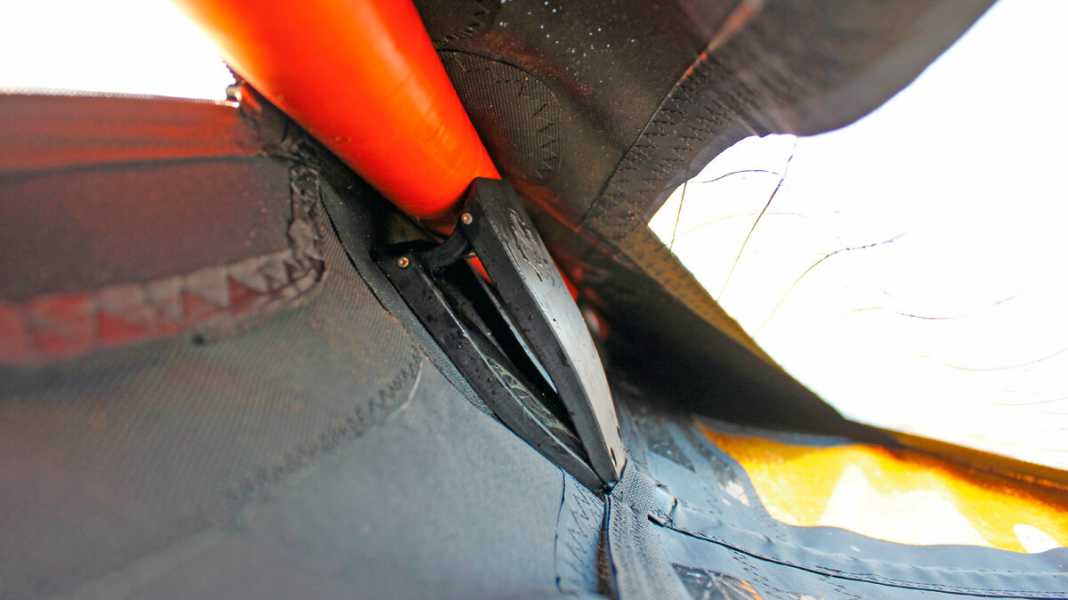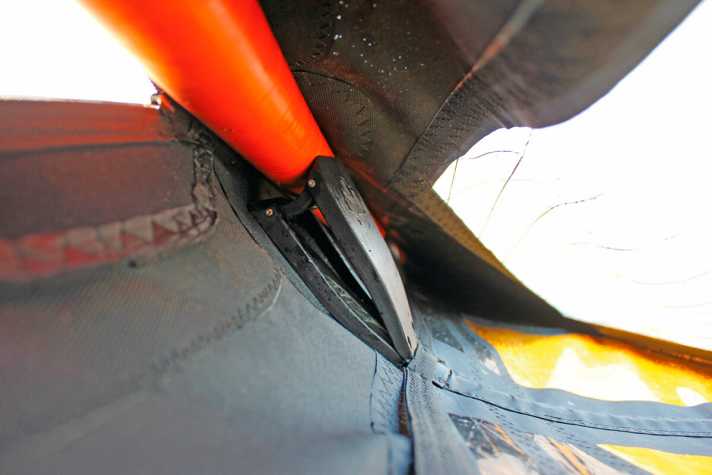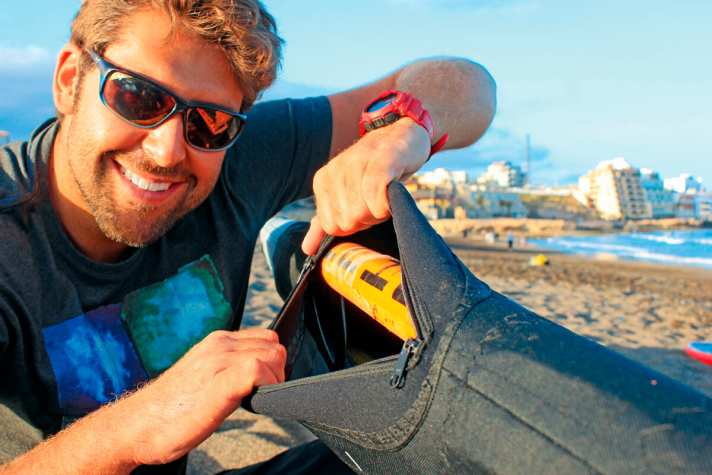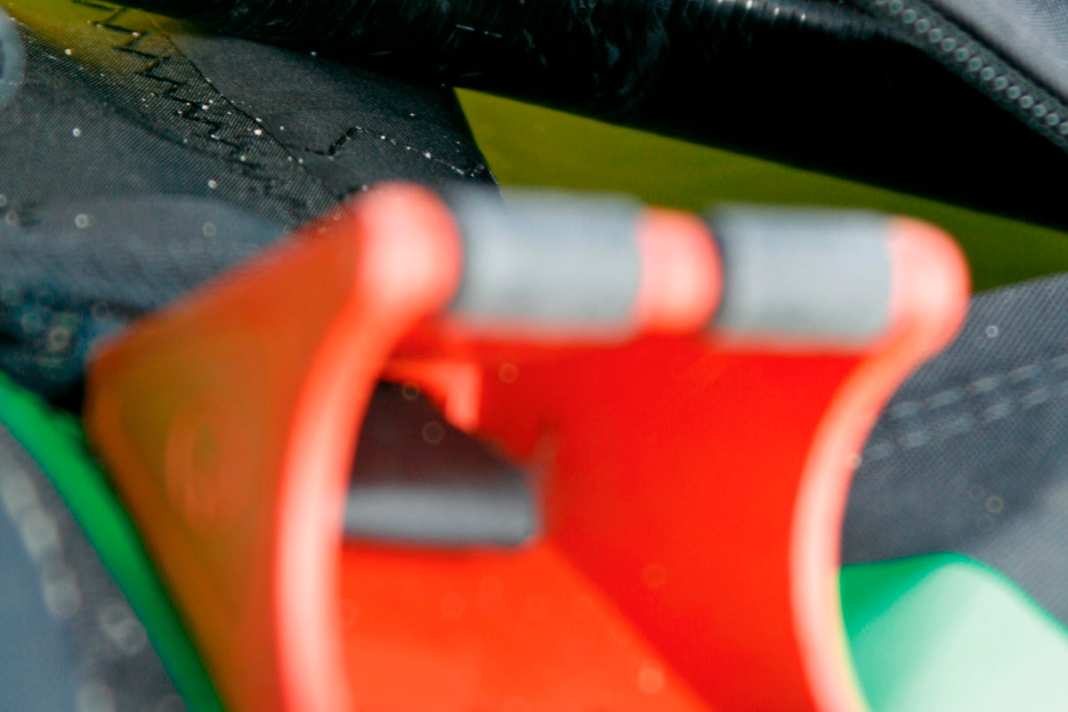
Vincent's Workshop: Camber
Heavy, unwieldy, expensive - these are still the preconceptions about camber sails. But if you set up your stuff correctly, even ambitious hobby racers can get a lot out of it. Vincent Langer reveals which adjustments are worth making.

In a small wind window, camberless sails are on a par with freerace or racing sails. If the wind conditions change, the sail comes up trumps with its small plastic braces. Thanks to the pre-shaped, harder profile, it maintains speed for longer even in lighter winds and is easier to control when the wind picks up. What few people realise is that camber has to be adjusted first.

Spacers" are used to change the contact pressure of the camber on the mast. This allows you to adjust the hardness of the profile, change the leech in the top and improve the rotational characteristics. I will explain the most important tricks below. Have fun with it! Your Vincent Langer
How do you like this article?






6 Images
